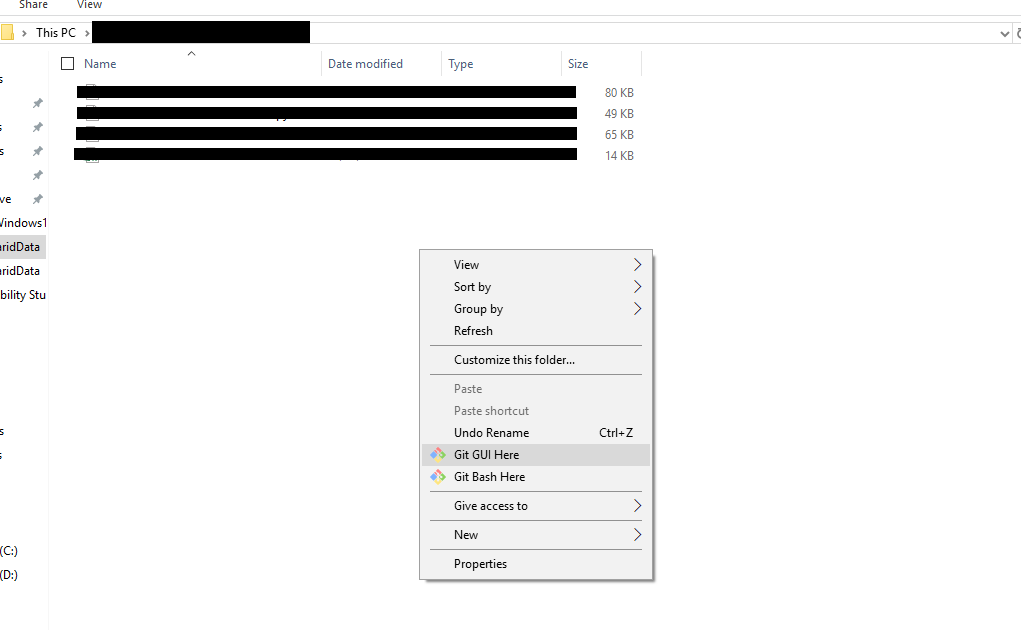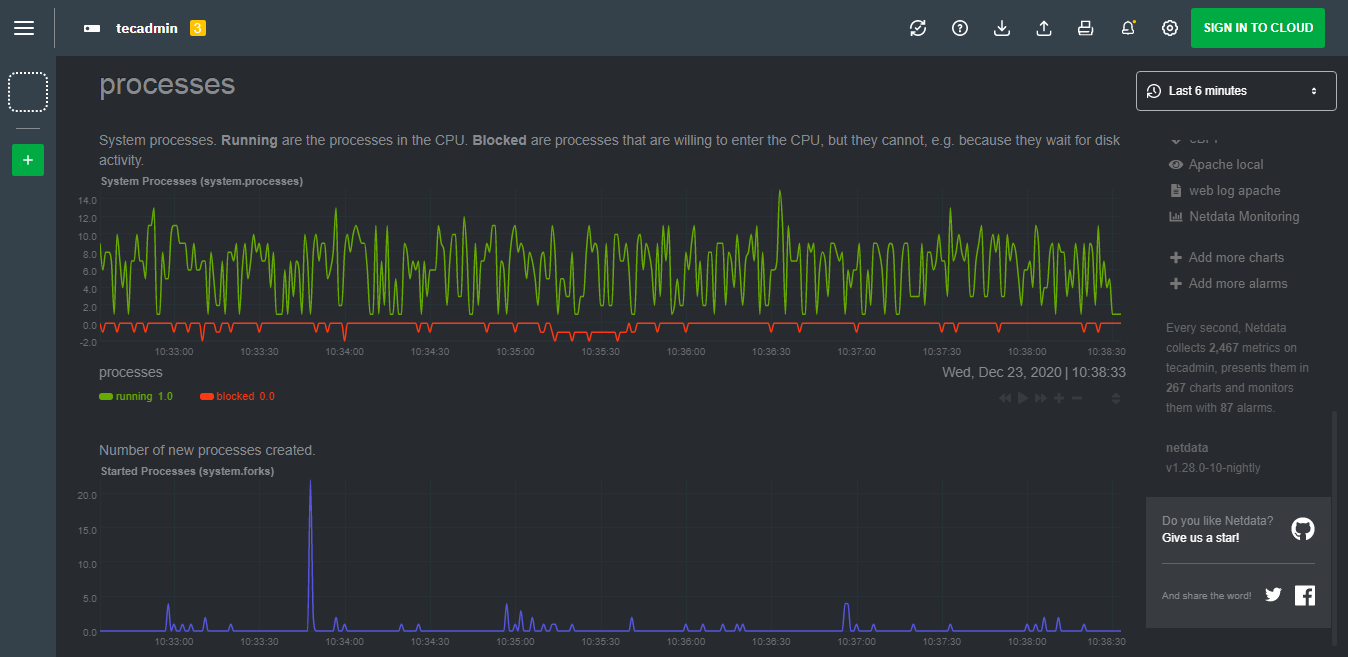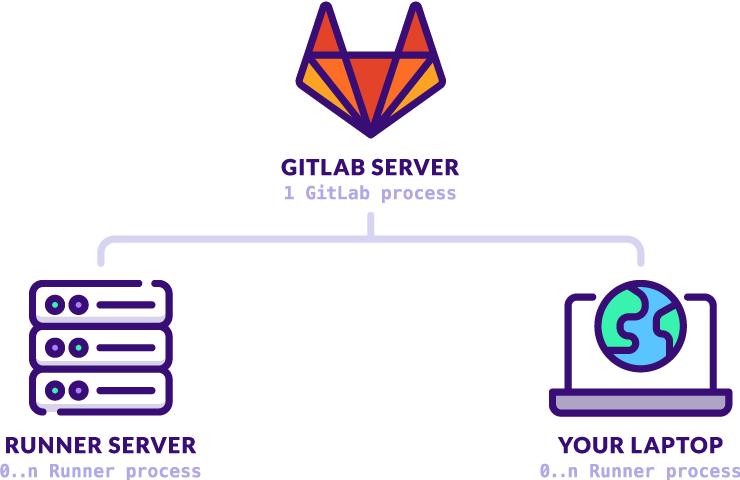

These port bindings will forward DiskStation host ports to the GitLab Docker container.Īfter applying all changes and starting the container, it will take a couple of minutes for GitLab to bootstrap the instance. To allow access to the GitLab instance from outside, we need to define port bindings. This is done by mapping subdirectories of the previously created shared directory into the container by defining a mount path.

We do this by defining directory volumes.
/var/opt/gitlab – user-generated content (repositories, database, …). We need to persist three directories of GitLab: As soon as the download is complete, a new container can be created with Launch in the upper left corner.īefore we click on Next, we have to do some configuration in the Advanced Settings dialog. You can watch the download progress in the menu on the left in Image. Open the Docker App in DSM, select Registry in the left menu and download the latest gitlab/gitlab-ce image. To do so, we need to download the latest docker image of GitLab first. You can also activate Public Key Authentication for DiskStation SSH access following this tutorial. For this article, I assume that the Shared Folder is named gitlab and is created on the first volume, so its path on the filesystem will be /volume1/gitlab. Install the Docker package from the Synology Package Center. Preparationsīefore we can install GitLab on a DiskStation, we need to make some preparations: Since the GitLab package for DSM provided by Synology is outdated, I will explain here how to install the latest version of GitLab on a DiskStation using Docker. For this reason, I host my GitLab instance myself. For me as a software and DevOp engineer, this applies to my source code. It can show you the size of dependence and help you with its management.Sometimes, regardless of the possibilities offered by “the cloud”, you want to host important services yourself. The Import Cost plugin is made for JavaScript and TypeScript, and it helps you keep track of new or recently added dependencies to your project. OzCode even came up with a “Simplify” option that makes code visualizations for a developer to see which expressions are true or false instantly. Every time you get to the breaking point, OzCode can evaluate your code lines and predict the result with a Heads-Up display. 
The usual debugging process allows you to see how your app is functioning in the present. With OzCode, you can predict future code functionality, have insights, and evaluate expressions.

OzCode gets integrated with the Visual Studio debugger to expand its features. This way, you can quickly fix them without losing precious time. OzCode is a VS extension that makes your debugging process faster and more productive as its tracking down and isolating code bugs. Auto-nesting for added or renamed files.Auto-nesting based on different naming rules.








 0 kommentar(er)
0 kommentar(er)
